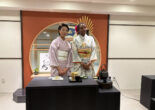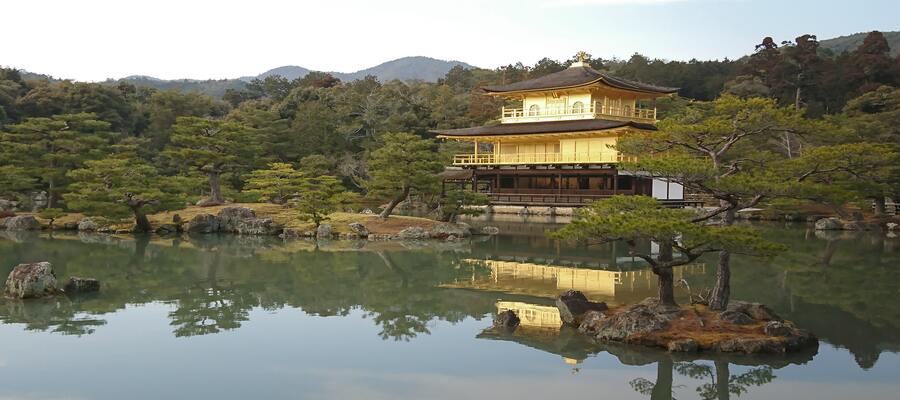
I wake up to the white light streaming through my balcony windows. I gave up closing the pale green curtains long ago; they let in all the light anyway. My room is small, with the exposed pipes and unfinished concrete panel walls that seem to have been fashionable in Japan at some point in the naughties. They make the space seem kind of retro… or so I tell myself. Regardless, I have made this 19m2 studio in Kyoto my own little burrow…
My walk to work is only 15 minutes, and as I leave my apartment in the summer, I am engulfed in the sweet, warm arms of 30-degree humidity and the shrill of cicadas. I live in Nishijin, the textile weaving district of old Kyoto lined with rickety wooden machiya houses and small unassuming shrines. Despite being only a short distance from downtown Kyoto, Nishijin feels completely residential. Old ladies chat with each other whilst watering their plants, and mamas cycle past (often on the wrong side of the road), precariously balancing multiple sleepy children on their bikes.
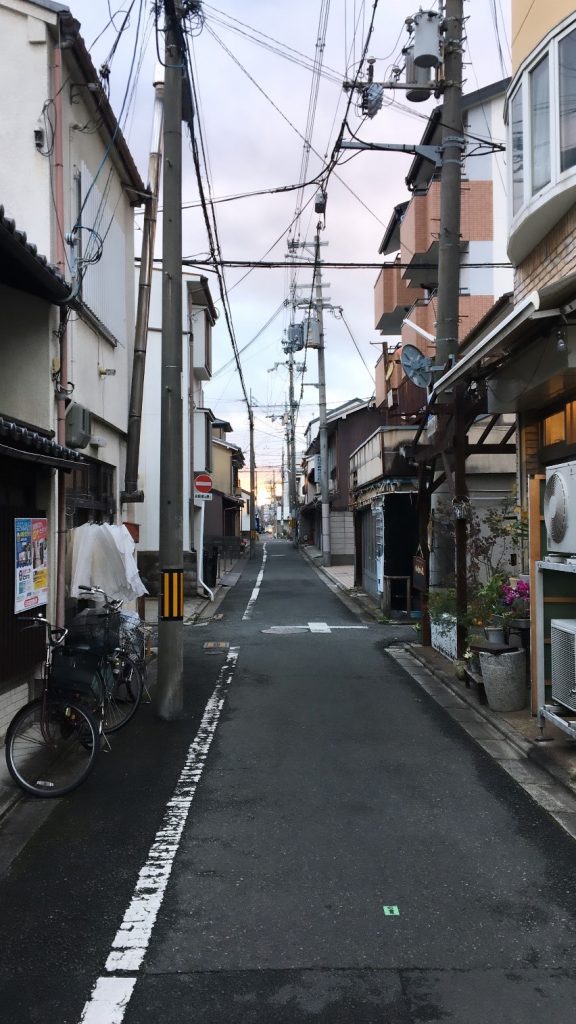
When I first moved here two years ago, my time living in and loving the metropolis that is Tokyo meant that I resisted Kyoto’s slower pace of life for a long while. I’d heard so much about Kyoto being the cultural and traditional capital of Japan, and yet, actually living here meant either constantly trying to shuffle past gaggles of tourists or wondering what there was to do other than go see yet another temple. Or so I thought.

As the months labored on, I began to see a different side. I bought a bicycle, which opened up myriad routes to all sorts of hidden neighborhoods… Kyoto is famous for being laid out in a grid-like pattern since the Heian Period, or as the locals call it, a goban (the board used for the game of Go, or Japanese chess). Practically, this means that to get diagonally from point A to point B means either going east-west all the way before turning north-south, or zigzagging your way through and hoping for the best. Unsurprisingly, Google Maps has truly been my best friend. But what frustrated me at first (I can never seem to memorize any route at all?!) has become an everyday way to fortuitously stumble across new places.
It’s Friday, and I am filled with the weekend jitters. A quick shower in my cramped unit bathroom at home, and I make my way to Kiyamachi, Kyoto’s night time hotspot. The street is humming with languages from all over the world intermixed with the loud おおきに! (Ookini!) Kyoto greeting screeched from the depths of izakayas and standing bars. A shallow canal sluices through the hubbub, and I wait around in front of the nearby Pontocho Bike Locker for friends I have arranged to meet.

The night is filled with confident calls of 生もう一つお願いします! (‘One more beer, please!’), traipsing from one quirky bar to the next, declarations of undying friendship, and merry chats with excitable young locals. We sit in a tight circle for a while by the Kamogawa River, basking in the evening warmth and gripping combini beers that are slushed with condensation. When I realize my feet take me where I want to be before I’m even conscious of it, I know that this bizarre but beautiful city – at once so famous across the globe, replete with buzzing attractions and ancient architecture, and at the same time so rural and old-fashioned in its ways if you stay long enough to notice – has become home.
My curtains fail me again the next morning and I awake to the same white light. I lie in the still for a while before it is rudely interrupted by an automated and exceedingly annoying jingle about large item disposal emanating from a small truck that, honest to god, is doing it on purpose. I fume for a moment, then take my cue to get up and head to one of my many favorite cafes nearby (my ‘favorite’ changes every few weeks).
If residential Kyoto has a lesser-known but amazing secret, it’s how well it does independent and family-run coffee shops. Littered across every ward and tucked into the most unexpected of alleyways, they are pockets of edgy, cosy, or the 70s. I order an iced matcha milk (what else, in this famed city of green tea?) and hunker down on a squishy sofa for a few hours to read. Today, the café I have chosen is an old sento bathhouse, almost Ghibli-esque in its exterior and inlaid with the original tiles on the inside.
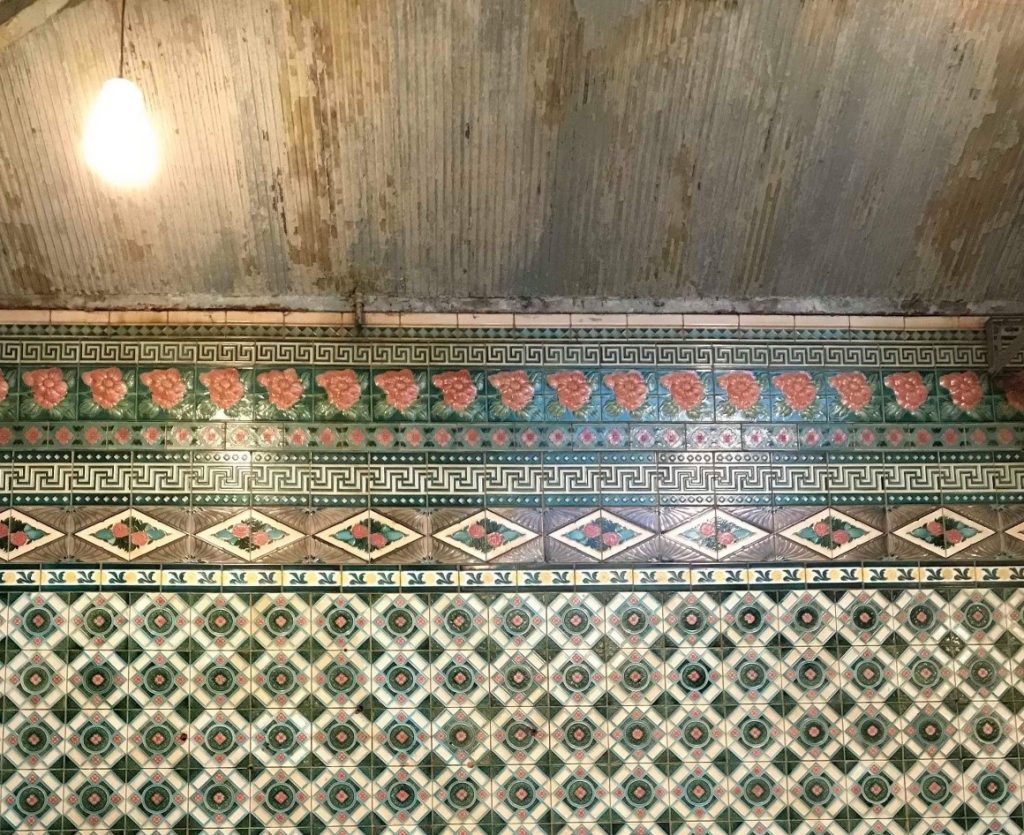
I take a detour on my way home to go through the Imperial Palace Gardens. The gravel is a bit of a pain to cycle over, but the wide paths and sweeping trees are enough to quell the remains of my hangover. It’s strange to think of this large, open park as steeped in political and cultural history, but it is. Back at my apartment, I get a load of washing done in the coin laundry room downstairs and wolf down some noodles from the supermarket up the road.
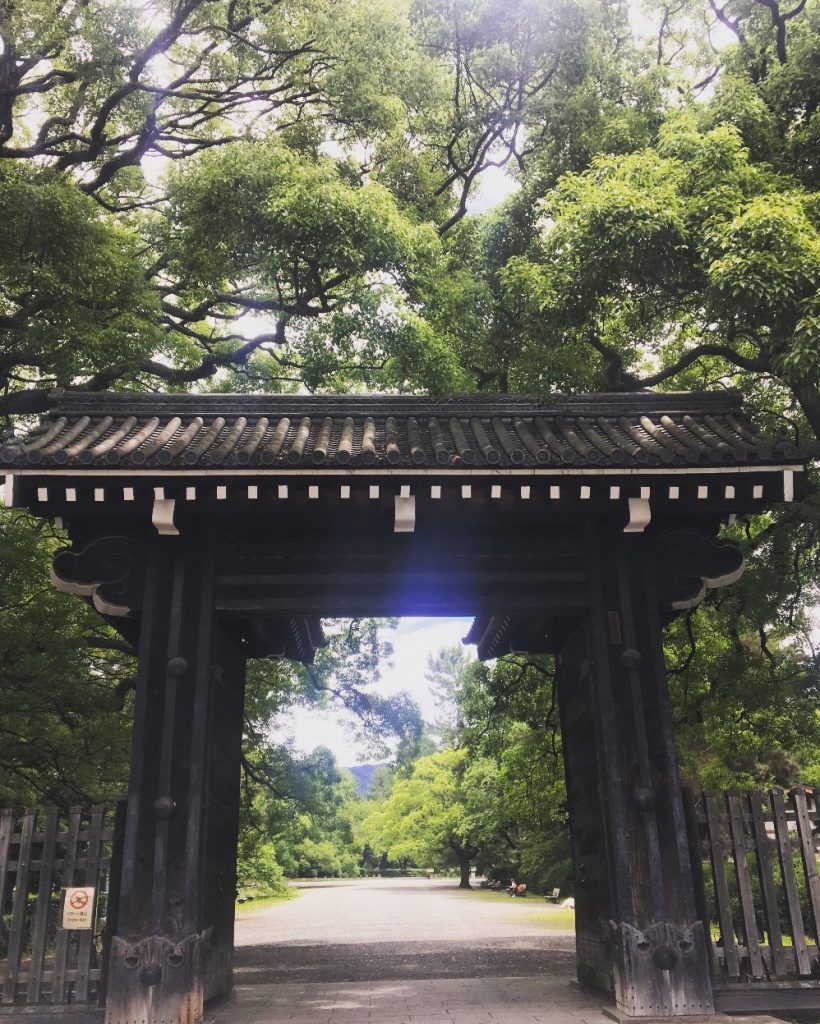
As the afternoon light begins to golden, I jump on my bicycle again and whizz northeast towards Demachiyanagi, past the Hyakumanben student district, to the Ginkaku-ji Silver Pavilion. I park my mama-chari (illegally, oops) and instead of heading into the temple grounds, turn left to start the short trek up Daimonji Hill, a small mountain emblazoned with a giant 大 (dai, or ‘great’) kanji character that is lit up every year during the August Gozan-no-Okuribi Festival to guide spirits back to the underworld. The half-hour hike leads to the most spectacular view of Kyoto from above, and we watch the sun dip and cut through the clouds as it bows its head over the Kyoto basin.
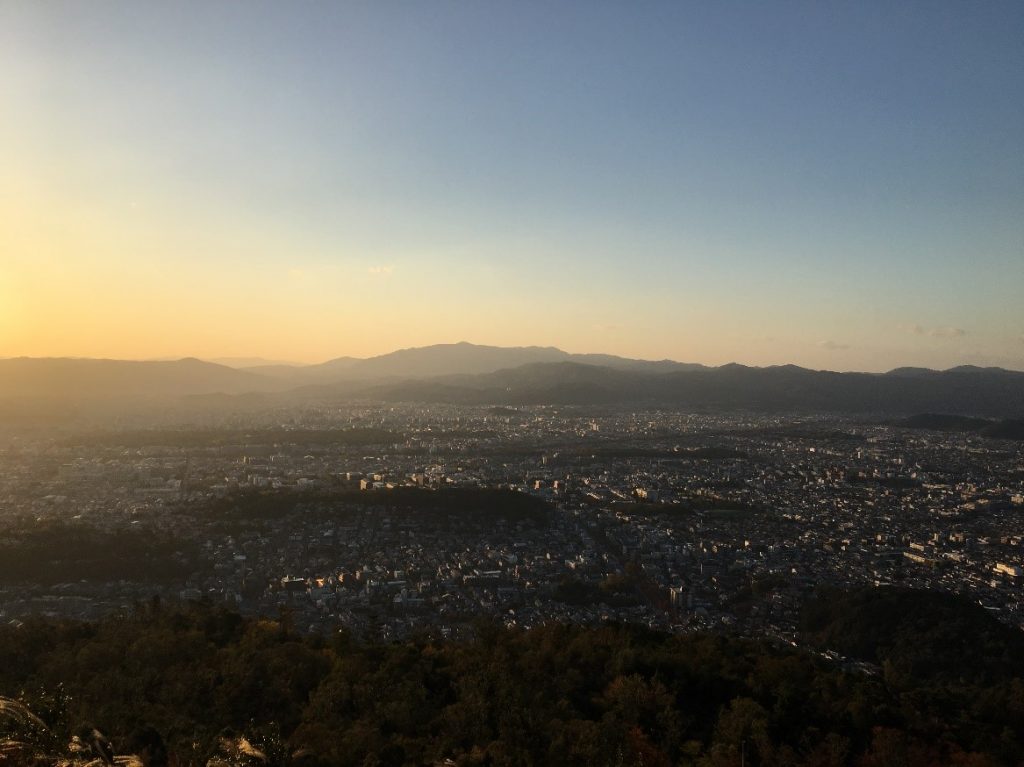
Kyoto-ites are known to be proud, sometimes haughty, even cold. And sure, that has been the case sometimes. But by and large, my stubborn, unwarranted reluctance to fall in love with this unique place has crumbled with the stories behind every shingle and stone. Each tradition and superstition that at first seemed excessive I now know to fit so perfectly in place.
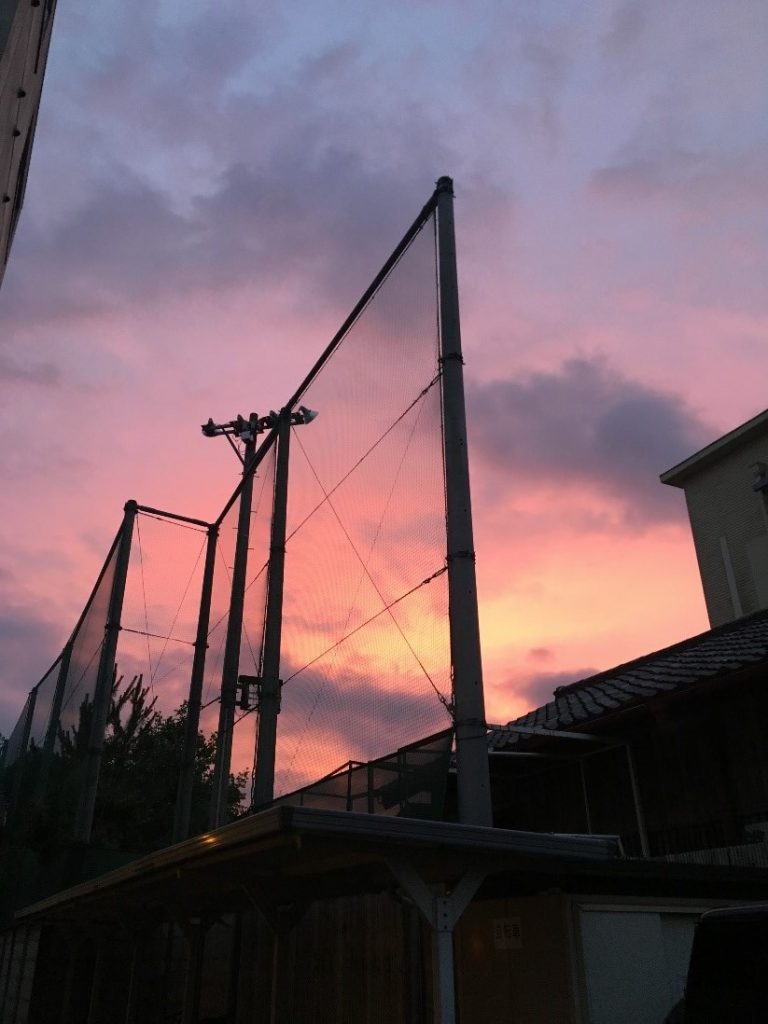
The old man who guards the nursery school by my house bidding me good morning, the sound of wooden bricks being clacked together by neighborhood watchmen at dusk to warn people in their timber houses to turn off their gas stoves, the low, eerie calls of monks striding down the street, their dark robes billowing… with every day that passes, I find it harder to say goodbye in a few short weeks. For every tear shed at the ever-changing cycle of people I meet in this city caught in the previous millennium, I have a hundred more memories made all the more wonderful by their fantastical, ancient setting.
Thank you, Kyoto. Ookini. You have been a dream.
Related Articles
Wanna Sniff Animal Butts? Visit ATOA Aquarium — The Most Unique Aquarium in Kansai, Japan!
Warning: Undefined array key "sfsi_threadsIcon_order" in /home/veremosglobal/tokyoroomfinder.com/public_html/blog/wp-content/plugins/ultimate-social-media-icons/libs/controllers/sfsi_frontpopUp.php on line 165
Warning: Undefined array key "sfsi_blueskyIcon_order" in /home/veremosglobal/tokyoroomfinder.com/public_html/blog/wp-content/plugins/ultimate-social-media-icons/libs/controllers/sfsi_frontpopUp.php on line 170
Warning: Undefined array key "sfsi_bluesky_display" in /home/veremosglobal/tokyoroomfinder.com/public_html/blog/wp-content/plugins/ultimate-social-media-icons/libs/controllers/sfsi_frontpopUp.php on line 266


